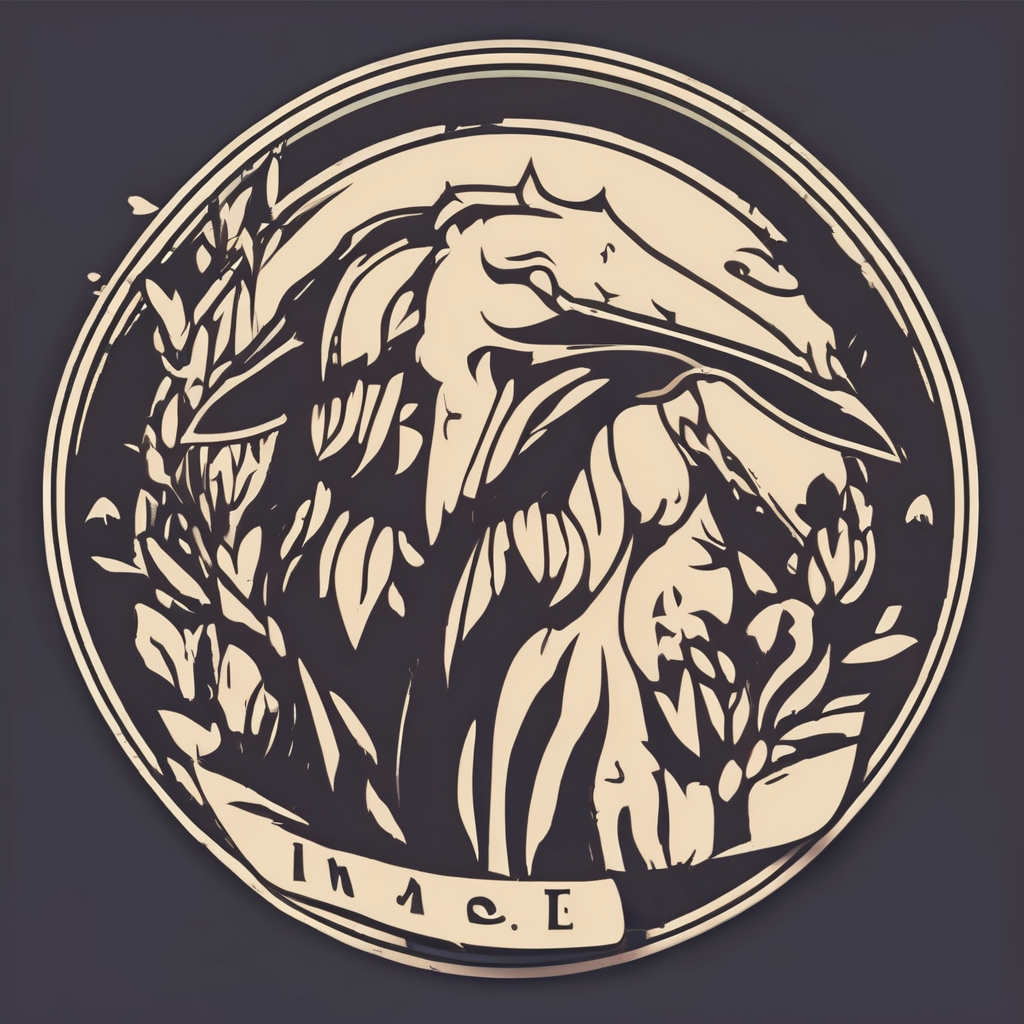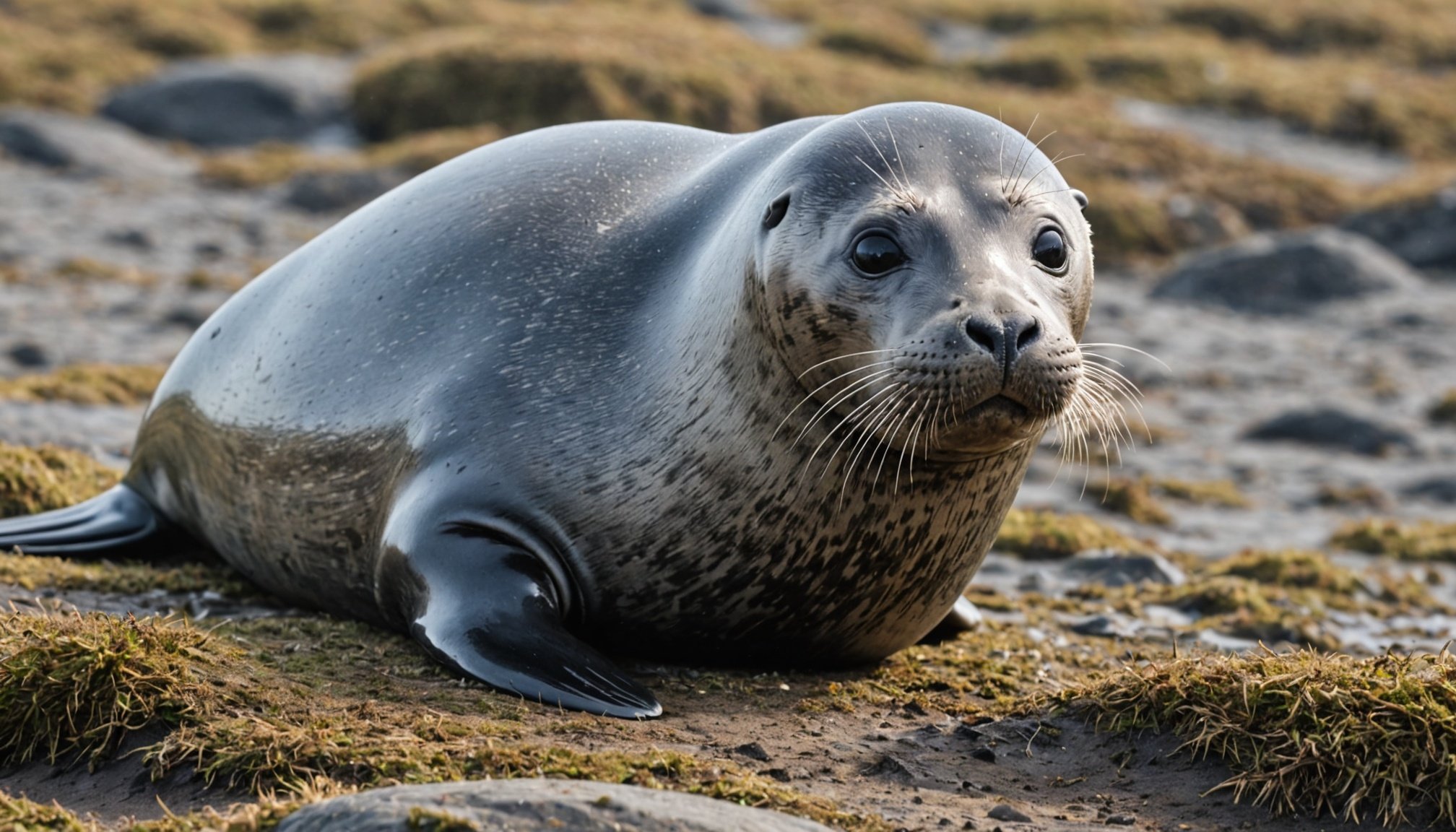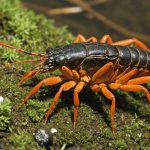Overview of Seal Conservation in the UK
Seals play a pivotal role in the marine ecosystem, acting as indicators of ocean health and helping maintain ecological balance. In the UK waters, two primary species are prevalent: the grey seal and the common seal, each crucial to maintaining the biodiversity of their habitats.
The grey seal is one of the largest mammals residing along the British coasts, while the more elusive common seal, also known as the harbour seal, inhabits more sheltered waters. Their presence enhances biodiversity, influencing the availability of other marine life in the food web.
In parallel : Innovative Methods Employed by UK Scientists for the Rehabilitation of Marine Wildlife Affected by Oil Spills
Conservation efforts for these species are critical due to the environmental impact of human activities, including pollution and habitat destruction. Both species face challenges such as climate change, which affects pup survival rates, and bycatch, where seals get accidentally caught in fishing nets. Conservation status assessments reveal that while certain populations are stable, specific regional populations remain under threat.
Efforts to protect these vital marine creatures focus on promoting sustainable practices and enhancing protection measures. Understanding the interplay between human actions and seal populations encourages effective seal conservation strategies, ensuring the long-term health of UK marine ecosystems.
Topic to read : Join the movement: key strategies for uk citizens to support white-clawed crayfish conservation
Ways to Get Involved in Seal Conservation
Community involvement is pivotal in enhancing seal conservation efforts which often rely on local support and active participation. One effective approach is through various volunteer opportunities available.
Volunteering with Conservation Organizations
Many local organizations focus on seal conservation, offering numerous volunteering opportunities. Interested individuals can take part in beach clean-ups, an essential activity to ensure safer habitats for seals. Furthermore, marine monitoring activities are vital for regularly assessing the well-being of marine life.
Volunteer roles may include data collection on seal populations or monitoring beach conditions. These tasks provide critical data that supports larger conservation goals. Training programs are typically available to volunteers, ensuring each person is equipped with the necessary skills and knowledge to contribute meaningfully to these conservation efforts.
Advocacy and Raising Awareness
Engaging in advocacy work, such as participating in local initiatives, can amplify conservation efforts. Community education programs play a crucial role by spreading awareness on how to protect seals.
Discussing seal-friendly policies at town meetings or organizing educational sessions can make a substantial difference. Social media is also a powerful tool for raising awareness; crafting targeted campaigns can engage a wider audience, educating and encouraging others to prioritize seal conservation.
By actively volunteering, advocating, and participating in citizen projects, everyone can contribute significantly to the well-being and future of seal populations.
Understanding Seal Populations and Their Challenges
The dynamics of seal populations are critical to understanding the broader ecosystem. Various factors such as habitat loss, pollution, and other marine conservation issues pose significant threats to them.
Threats to Seal Populations include human activities that result in habitat destruction. Coastal development often leads to the loss of crucial breeding grounds. Pollution, another severe threat, affects food supply and health, leading to diseases that can decimate local seal numbers.
Human activities, beyond direct habitat destruction, have far-reaching impacts. Industrial fishing disrupts prey availability, while increased boat traffic can lead to behavioural changes in seals, such as altered breeding patterns and increased stress levels. Notably, the disturbance caused by recreational activities should not be underestimated as it can significantly affect seal haul-out sites.
Biodiversity in marine environments is essential for ecological balance. Seals, as apex predators, play a critical role in this dynamic by influencing the population of other species and maintaining health through removing weak and sick prey. Therefore, preserving seal populations is integral to sustaining marine biodiversity. Understanding these dynamics and threats helps inform conservation strategies, ensuring these vital creatures continue thriving in their natural habitats.
Existing Movements and Organizations
Countless conservation movements and NGO partnerships are dedicated to preserving seal populations worldwide. These initiatives often involve collaboration between international, national, and local entities, all striving for a sustainable future for our marine friends.
Spotlight on Major Conservation Organizations
Several notable organizations are spearheading efforts to protect seals. For instance, groups like the World Wildlife Fund (WWF) and the Marine Conservation Institute are leading initiatives that have significantly impacted seal preservation. WWF’s program in Arctic regions, focusing on critical habitat protection, has led to noticeable improvements in seal populations by enforcing stricter fishing regulations and preventing habitat destruction.
To support these efforts, individuals can contribute financially or get involved in participatory activities, such as local beach clean-ups, or by advocating for policy changes. These contributions are vital for continuing research and conservation measures.
Community-Led Movements
Community seal protection initiatives have also shown remarkable success. One such example is a coastal village’s campaign that partnered with schools to educate young people about marine conservation. This initiative not only raised awareness but also involved local businesses in providing resources for further educational seminars and beach monitoring activities. These community-driven actions reinforce the importance of local participation and collaboration in conservation efforts. By establishing partnerships with nearby businesses and schools, these initiatives can foster sustainable practices and galvanize further community action.
Inspirational Success Stories
Among the most compelling conservation success stories are those involving seal rehabilitation. When faced with challenges, communities around the globe have risen to the occasion, leading to remarkable wildlife recovery achievements.
For instance, several successful seal rescue initiatives have gained global recognition, showcasing the incredible synergy between wildlife experts and local communities. These programs have not only rehabilitated injured and orphaned seals but have also inspired broader wildlife recovery efforts.
In some areas, community-led campaigns have been pivotal in population recovery. Voluntary groups, often comprised of passionate citizens, have created safe environments for seals, resulting in thriving populations where they were once endangered. This collaborative spirit has often been the keystone of local conservation triumphs.
Celebrating these milestones in conservation shines a light on the power of collective action and dedication. Countless stories highlight how concerted efforts lead not only to the protection of seals but also to educating the public on preserving biodiversity. As these narratives spread, they ignite hope and inspire similar initiatives elsewhere, showcasing that even small actions can lead to significant environmental change.
Resources and Educational Materials
In the pursuit of preserving our marine ecosystems, having the right educational tools and training guides can be a game changer. Numerous conservation resources are now available to support individuals and organizations involved in marine preservation. Here are some key resources that can enhance your understanding and efforts in marine conservation:
-
Websites and Contacts: Engaging with local conservation groups can provide valuable insights and support. For instance, organizations like the Marine Conservation Society offer online resources and opportunities to connect with experts.
-
Recommended Reading: To expand your knowledge about seals and marine life, consider delving into books such as “The Fate of the Ocean” by Charles Clover. This could provide a deep dive into the challenges facing marine environments today.
-
Events and Workshops: Engaging in upcoming events can be instrumental in staying updated and engaged. Look out for workshops that focus on marine conservation strategies and local ecological impact. These events not only provide educational materials but also allow for networking with like-minded individuals and experts in the field.
Staying informed and connected with these resources ensures effective participation in conservation efforts.











